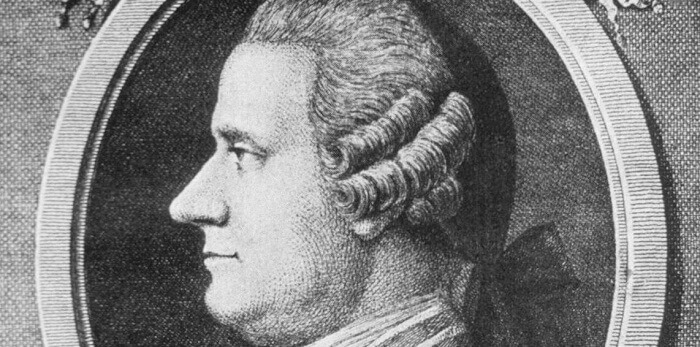Who was Jan Ingenhousz and what did he do? Information about Jan Ingenhousz’s life, biography, work and contributions to science.

Jan Ingenhousz: The man who discovered the secret source of life for plants and saved hundreds of lives. Jan Ingenhousz, a little-known Dutch scientist who discovered one of the secrets to plant life. The scientist, who was born on December 8, 1730 in the Netherlands, is credited with discovering the process of photosynthesis.
Who was Jan Ingenhousz?
Jan Ingenhousz began his career as a doctor after studying medicine at the University of Leuven. He was especially interested in vaccines against smallpox, the precursor of current vaccines. At that time, doctors injected an active pox pustule in their patients to prevent them from contracting the disease.
In London, Jan Ingenhousz inoculated hundreds of villagers against the disease. He eventually became so skilled in administering vaccines that he was asked to treat Empress Maria Theresa of Austria. Then he served as his personal doctor.
The scientist finally returned to London, which is where he made his most famous discovery.
What did you discover exactly?
Jan Ingenhousz is widely credited with the discovery of photosynthesis, the process by which plants convert the energy of light into fuel. The English chemist Joseph Priestley, however, had already discovered that plants had the power to restore the “goodness” to the air that the animals had exhausted.
Through a series of experiments in the late 1770s, Jan Ingenhousz discovered that light was necessary for this process to occur, and only the green parts of the plants could perform it. He also discovered that all plants “damage” the air, now known as carbon dioxide, but that they do much more good than harm.
What effect did his discovery have?
The discovery of Jan Ingenhousz opened the door for a deeper understanding of how plants interact with their environment.
In 1796, for example, the Swiss scientist Jean Senebier showed that the “goodness” that plants emit is oxygen, and the “damage” they omit is carbon dioxide. In the 1840s, the German physicist Julius Robert Mayer proposed that plants did not create new energy through photosynthesis, but simply converted the energy of light into chemical energy.
These days, some scientists are trying to use these centuries-old discoveries to combat modern problems such as climate change. Researchers at the University of California at Berkeley, for example, are trying to use artificial photosynthesis to capture carbon dioxide emissions before they reach the atmosphere.
What else did Jan Ingenhousz discover?
The prolific scientist also made the first quantitative measurements of how much heat the metal rods could withstand when they were submerged in wax and see how much they melted. Through this process, he discovered that silver was one of the best metals to conduct heat, and that it was one of the worst.
It also helped to improve an apparatus to generate large amounts of static electricity.